Whether you're a fiery food fanatic or just curious about the world of spice, this guide is your roadmap to the hottest peppers that have ever burned up the Scoville scale. As of current Guinness World Records, the Carolina Reaper holds the title of world's hottest pepper at 1.4-2.2 million SHU. From jalapeños to ghost peppers, we're diving into the spicy jungle with flavor profiles, heat levels, and pro tips for using these firecrackers in your kitchen. Grab your cooling dairy products — it's going to be a scorching ride!
Table of Contents
- What Is the Scoville Scale Anyway?
- Top 10 Hottest Peppers by Scoville Heat Units
- Spice Up Your Life: How to Use These Hot Peppers
- Buying & Storing Guide: Pick the Right Pepper for the Job
- Frequently Asked Questions About Hot Peppers
- Final Thoughts
What Is the Scoville Scale Anyway?
If you've ever stared at a bottle of hot sauce wondering "just how much damage can this do?" you've encountered the Scoville scale. Named after pharmacist Wilbur Scoville, this system measures the spiciness (or pungency) of chili peppers by quantifying capsaicin content, which is the compound responsible for that tongue-tingling sensation.
| Pepper Name | Scoville Range (SHU) | Heat Level |
|---|---|---|
| Jalapeño | 2,500 – 8,000 | Medium |
| Habanero | 100,000 – 350,000 | Very Hot |
| Carolina Reaper | 1,400,000 – 2,200,000 | Extremely Hot |
Originally developed in 1912 using human taste testers (ouch!), today's measurements rely on high-performance liquid chromatography (HPLC), which provides a more accurate reading. The higher the number, the more intense the burn.
Understanding Scoville Heat Units (SHU)
The Scoville scale is the industry standard for measuring pepper heat, with Guinness World Records verifying top contenders. For context, a bell pepper has 0 SHU (not included in hot pepper rankings as it lacks capsaicin).
Top 10 Hottest Peppers by Scoville Heat Units
Let's dive into the list of peppers that have scorched their way to fame on the spice charts. Each one has its own unique flavor profile and culinary use, so whether you're grilling, fermenting, or crafting homemade sauces, there's a pepper here for every kind of heat seeker. All rankings reflect verified Scoville measurements from Guinness World Records and chili expert sources.
- Carolina Reaper – Holds the current Guinness World Record for hottest pepper (1.4-2.2 million SHU). Handle with gloves, not fingers!
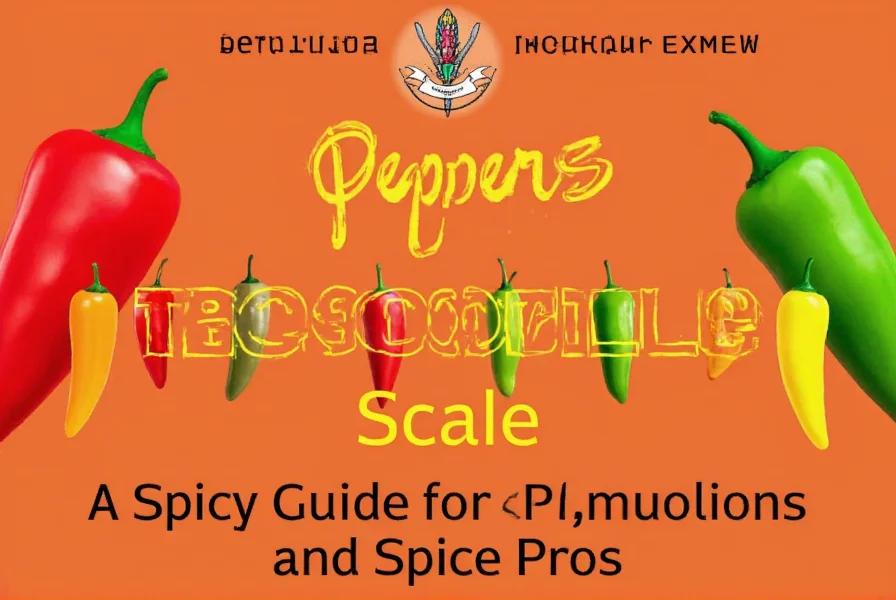
- Trinidad Scorpion – Ranges from 1.2-2 million SHU. Known for intense heat with fruity notes.
- Naga Bhut Jolokia (Ghost Pepper) – Once the world's hottest (800,000-1.04 million SHU). Packs an earthy, smoky wallop.
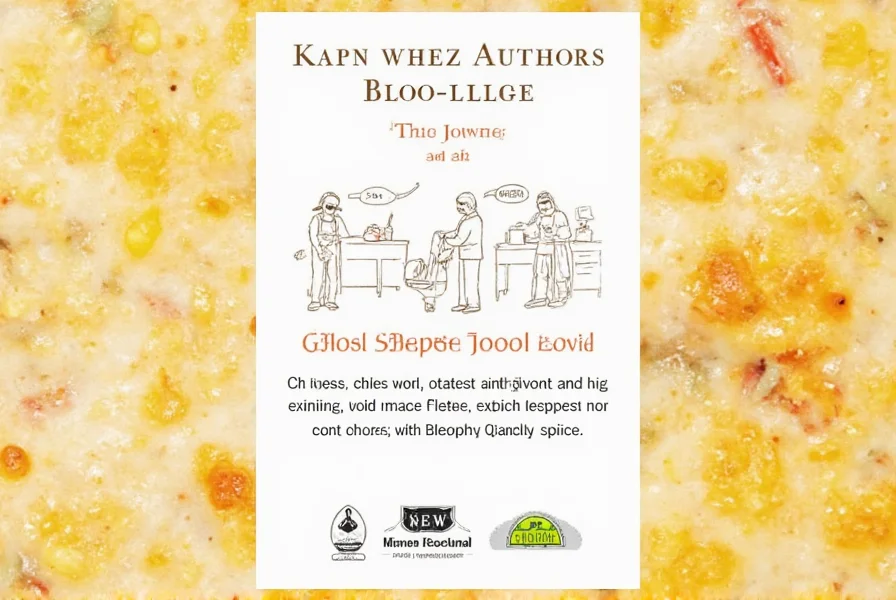
- Habanero – Infamous for its floral, fruity notes balanced with searing heat (100,000-350,000 SHU). Not for the faint of heart.
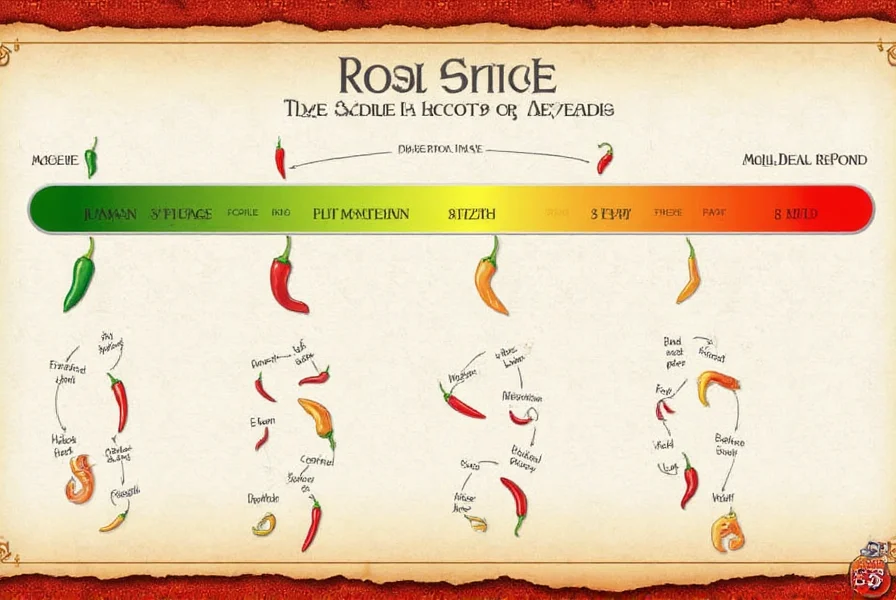
- Scotch Bonnet – Similar to habanero but sweeter and fruitier (100,000-350,000 SHU). Essential for Caribbean jerk seasoning.
- Thai Chili – Small but mighty! Popular in Southeast Asian cooking for adding both heat and aroma (50,000-100,000 SHU).

- Cayenne Pepper – Powdered or fresh, it's got serious heat and a slightly smoky edge (30,000-50,000 SHU). Ideal for rubs and sauces.
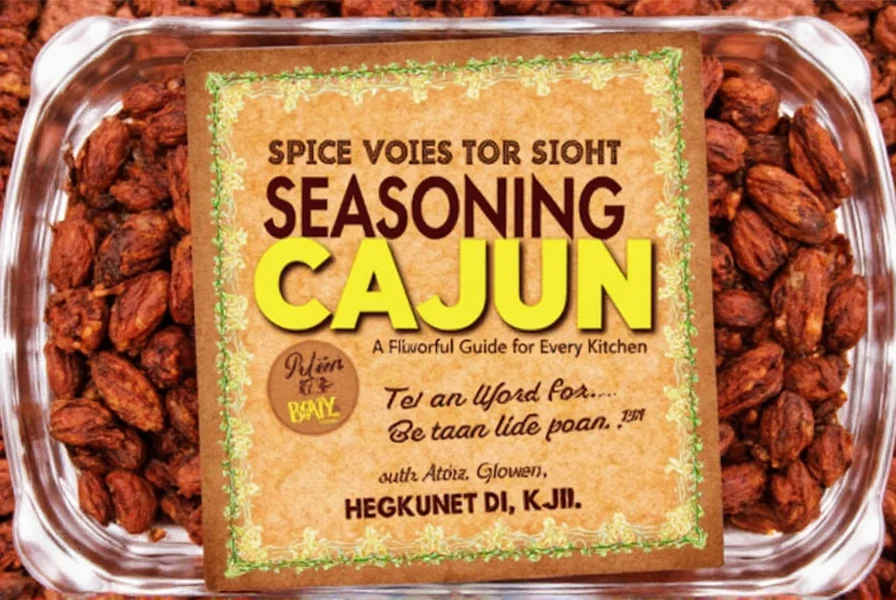
- Tabasco Pepper – Famous for giving Tabasco sauce its signature tangy punch (30,000-50,000 SHU). Great for fermenting.
- Serrano Pepper – A step above jalapeño with bright citrus notes and more oil for frying (10,000-23,000 SHU).

- Jalapeño – A backyard BBQ favorite with a gentle kick (2,500 – 8,000 SHU). Often used pickled or smoked (known as chipotle).
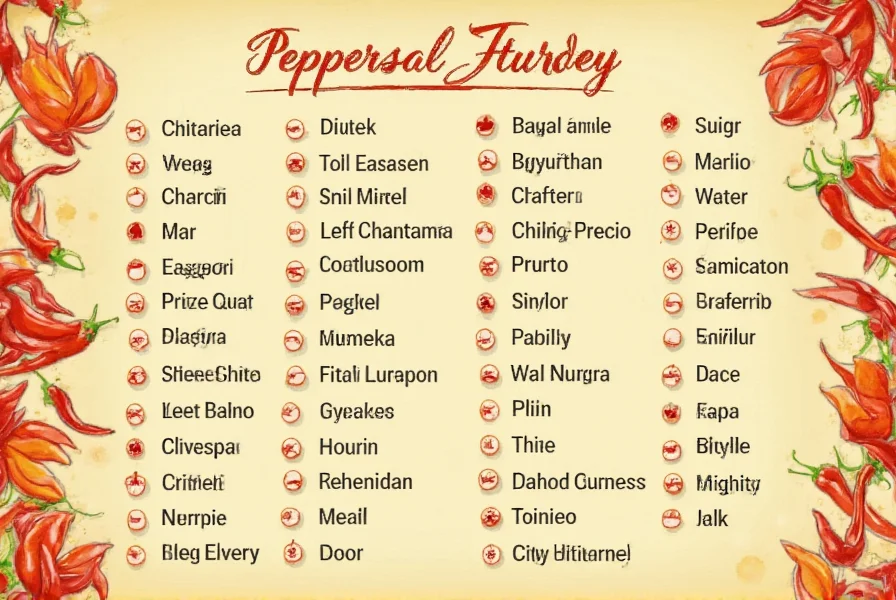
Spice Up Your Life: How to Use These Hot Peppers
Now that you know the players, let's talk about how to bring these fireballs into your everyday cooking — safely and deliciously.
Flavor Pairings: Match Heat with Harmony
- Ghost Pepper + Pineapple: The sweet acidity balances out the extreme heat.
- Jalapeño + Cream Cheese: Cool down the burn with a rich dip base.
- Carolina Reaper + Dark Chocolate: For dessert daredevils, believe it or not — try it in truffles!
Cooking Techniques
- Roasting: Enhances sweetness and softens heat. Try roasting serranos for salsas.
- Infusing Oils: Add depth and subtle heat without overpowering your dish.
- Fermenting: Turn tabasco or habaneros into complex homemade hot sauces.
Pro Safety Tips
- Always wear gloves when handling superhots like reapers or ghost peppers.
- Avoid touching your face or eyes — seriously.
- If you get burned, milk or yogurt works better than water.
Buying & Storing Guide: Pick the Right Pepper for the Job
Not all peppers are created equal — and where you source them can make a big difference in freshness and potency.
Where to Buy
- Farmers' Markets: Fresher and often grown locally, offering vibrant color and crisp texture.
- Grocery Stores: Reliable year-round supply, especially for jalapeños, cayennes, and bell peppers.
- Online Seed Suppliers: If you're adventurous, grow your own ghost peppers or carolina reapers at home.
How to Choose the Best Peppers
| Feature | What to Look For |
|---|---|
| Color | Vibrant and uniform; avoid dull or blotchy skins |
| Texture | Firm with slight give; avoid soft or wrinkled ones |
| Stem | Fresh green stem indicates recent harvest |
Storage Tips
- Fridge: Store unwashed peppers in a plastic bag for up to a week.
- Freeze: Freeze whole peppers for later use in soups or sauces.
- Dry: String up chilies to air-dry, or dehydrate them for easy grinding into powder.
- Pickling: Jalapeños, serranos, and banana peppers hold up beautifully in vinegar brine.
Top Products for Hot Pepper Enthusiasts
- Thick Rubber Gloves: Protect your hands from capsaicin burns.
- Chili Grinders: For making your own custom spice blends.
- Heat-Resistant Aprons: When working with ghost or reaper-level peppers, safety first!
Frequently Asked Questions About Hot Peppers
What pepper is #1 on the Scoville scale?
According to the latest Guinness World Records, the Carolina Reaper holds the title of world's hottest pepper, measuring between 1,400,000 to 2,200,000 Scoville Heat Units (SHU). It was officially certified in 2013 and remains the verified record holder as of 2025.
How does the Scoville scale work?
The Scoville scale measures the concentration of capsaicin (the compound that causes heat) in chili peppers. Originally developed using human taste testers who would dilute pepper extract until the heat was no longer detectable, today's measurements use high-performance liquid chromatography for precise capsaicin quantification. The higher the Scoville rating, the more capsaicin present and the hotter the pepper. All measurements are verified by independent food science laboratories.
Is there anything hotter than the Carolina Reaper?
While some unofficial varieties like Pepper X (reportedly 3.18 million SHU) and Dragon's Breath have claimed higher heat levels, none have been officially verified by Guinness World Records. The Carolina Reaper remains the only pepper with an internationally recognized record for heat intensity.
How can I reduce the burning sensation from hot peppers?
Capsaicin is oil-based, so water won't help much. Dairy products like milk, yogurt, or sour cream are most effective because casein protein binds with capsaicin and helps wash it away. Sugar or honey can also help neutralize the burn. Avoid rubbing your eyes or face after handling hot peppers, and always wear gloves when working with superhots like Ghost Peppers or Carolina Reapers. For severe burns, consult a medical professional.
Can eating extremely hot peppers be dangerous?
While extremely unlikely to be fatal for healthy adults, consuming very hot peppers can cause severe discomfort including nausea, vomiting, and stomach pain. In rare cases, it might trigger more serious reactions in people with certain medical conditions. The body's natural response (sweating, flushing) is generally protective. Always consume superhots in moderation and have dairy products ready to counteract the heat. The American Heart Association recommends caution for those with heart conditions.
Why do some hot peppers taste fruity?
Many hot peppers, especially habaneros and Scotch bonnets, contain flavor compounds that create fruity or floral notes alongside the heat. This is due to terpenes and other aromatic compounds present in the peppers. The combination of capsaicin (for heat) and these flavor compounds creates the complex taste profile that makes certain hot peppers desirable in cuisine beyond just their spiciness. Food scientists at Cornell University have documented these flavor profiles in peer-reviewed studies.
How can I grow Carolina Reaper peppers at home?
Carolina Reapers require 90-120 days to mature and prefer warm temperatures (70-90°F). Start seeds indoors 8-10 weeks before last frost, using a seedling heat mat to maintain soil temperature around 80-90°F. Use well-draining soil with pH 6.0-6.8. Provide 6-8 hours of direct sunlight daily. Water consistently but don't overwater. Wear gloves when handling plants as even contact with leaves can cause skin irritation. For best results, consult the USDA Agricultural Extension Service guidelines for pepper cultivation.
Final Thoughts
Hot peppers aren't just about heat — they're a gateway to bold flavors, cultural traditions, and culinary creativity. Whether you're simmering a pot of chili, fermenting your first batch of homemade sauce, or daring your friends to eat raw Carolina Reapers, knowing your peppers from the Scoville scale makes every bite more meaningful.
So next time you're staring down the produce aisle, remember: each pepper tells a story — and now, thanks to this expert-reviewed guide, you're ready to write your own spicy chapter.

Stay spicy, stay safe, and keep turning up the heat!










 浙公网安备
33010002000092号
浙公网安备
33010002000092号 浙B2-20120091-4
浙B2-20120091-4